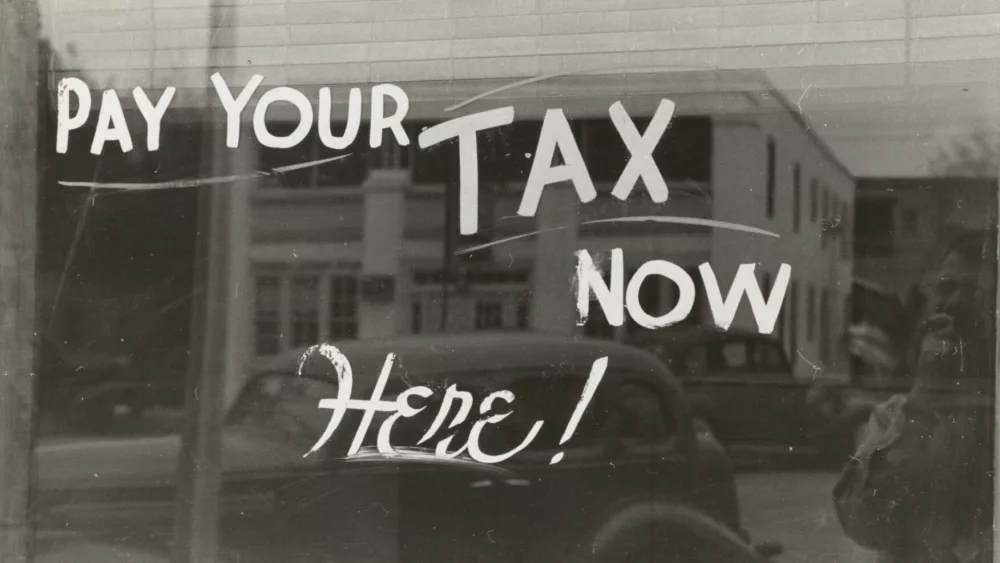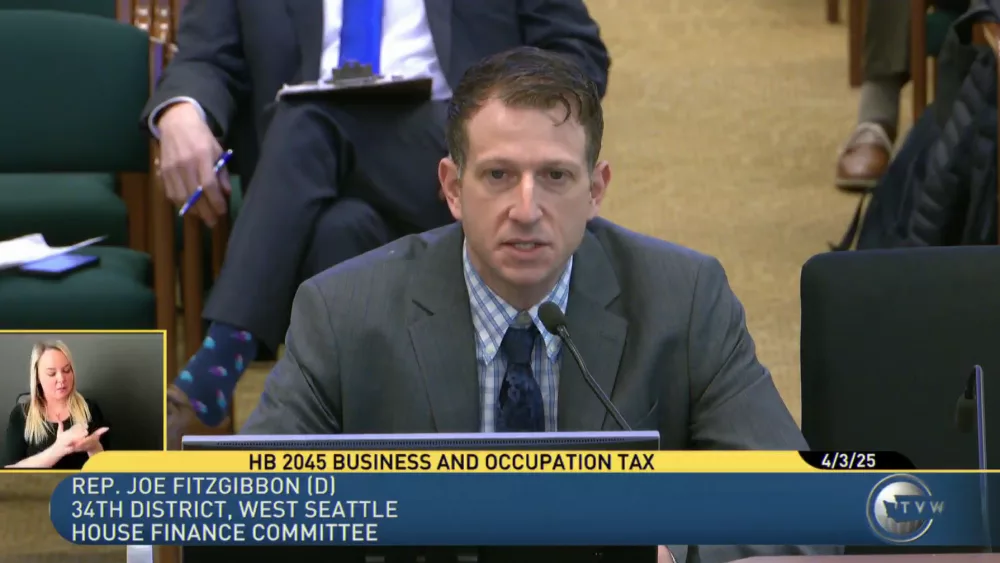(The Center Square) – Washington drivers may see new stickers on the fuel pump next year when filling up their gas tanks.
A state lawmaker is backing legislation in the form of House Bill 2050 that would require the Washington Department of Agriculture to amend the gas tax stickers on pumps to include what drivers are now paying in additional costs due to the cap-and-trade portion of the Climate Commitment Act.
“The range is still being calculated, but it’s anywhere from 50 to 60 cents more per gallon of gas due to the CCA,” Rep. Andrew Barkis, R-Olympia, told The Center Square.
The 2nd District lawmaker added, “It’s important that people know the impact of these policies on their everyday lives.”
Gas prices in Washington state were the most expensive in the nation this past July with the average price at just under $5 a gallon, according to AAA. At just over $4.14 per gallon, more than $1 above the national average, Washington currently has the third-highest average gas prices in the nation, behind Hawaii and California.
“When you’re standing there for five minutes pumping gas, it’s pretty easy to look down and see that sticker and realize it’s like a $1.25 or more in taxes,” Barkis observed about the carbon tax.
Gov. Jay Inslee had previously claimed the CCA would raise fuel costs by “pennies” per gallon, at most.
HB 2050 would require the Department of Agriculture, which inspects fuel pumps already, to ensure up-to-date gas tax stickers are displayed on each fuel pump and replace fuel tax stickers at least once a year as tax rates change.
In an emailed response to a request for comment, an Agriculture spokesperson said if the bill became law it would just be a matter of changing what is already on the stickers as part of the work the department already does.
Last month, voter advocacy group Let’s Go Washington turned in nearly 420,000 signatures for Initiative 2117 to the Legislature to repeal Washington’s cap-and-trade law under the CCA.
Per the CCA – which was passed into law in 2021 and went into effect at the beginning of 2023 – emitters are required to obtain “emissions allowances” equal to their covered greenhouse gas emissions at auctions hosted by the Department of Ecology. Those auctions have brought in approximately $2 billion so far.





